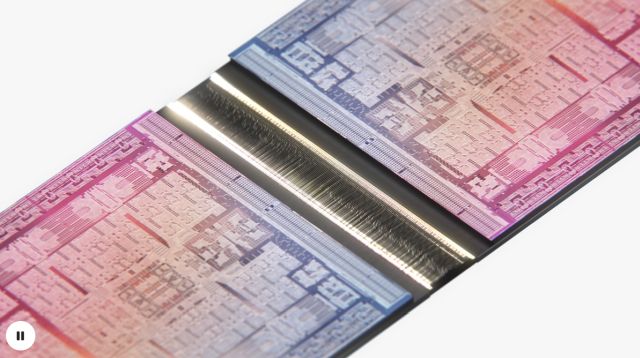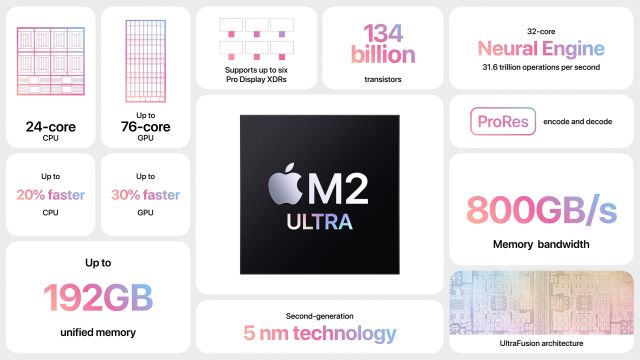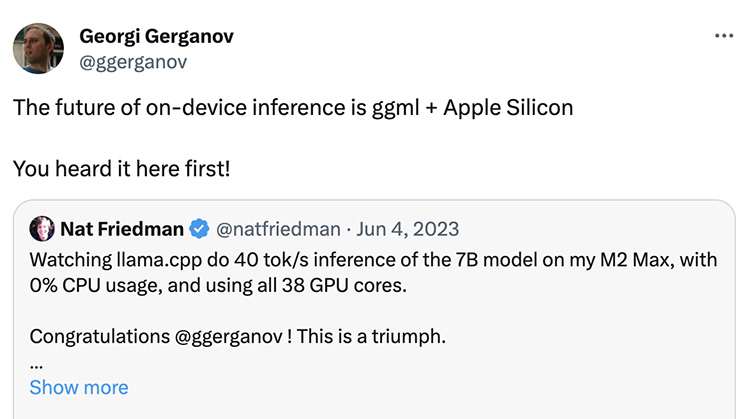At the WWDC 2023 event, Apple unveiled the long-rumored Vision Pro headset with visionOS. Although it was the highlight of the event, the Cupertino giant also revealed its fastest chipset yet, the Apple M2 Ultra. It will power the next generation of Mac Studio and Mac Pro, making these the most powerful Mac desktops ever made. What improvements has Apple made with the M2 Ultra chip over the reigning king, the M1 Ultra? To find out, let’s go through our detailed explainer on the Apple M2 Ultra, including its specs sheet and performance gains in CPU, GPU, and Neural Engine.
Apple M2 Ultra Specs
Here is a quick look at the specifications of the Apple M2 Ultra processor. Glance over it to get a quick overview of Apple’s most powerful silicon yet.
Fabrication Process TSMC 2nd-gen 5nm Transistors 134 Billion CPU Cores 24
(16 High-performance + 8 High-efficiency)GPU Cores 60 or 76 cores Neural Engine 32 cores; 31.6 TOPS Unified Memory (RAM) Up to 192GB Memory Bandwidth 800GBps
Apple M2 Ultra: CPU
Starting with the CPU, the M2 Ultra is Apple’s largest die yet. It packs a whopping 134 billion transistors, up from M1 Ultra’s 114 billion transistors. The large die is built on TSMC’s 2nd-gen 5nm process technology. To create the most powerful chipset, Apple simply infused two M2 Max chips using its groundbreaking UltraFusion technology.
The UltraFusion technology uses a silicon interposer to connect the two dies, with a low latency of 2.5TB per second, making M2 Ultra a single die. It simply means you get double the performance of an M2 Max chip.

Apple has packed 24 CPU cores in the M2 Ultra, of which 16 are high-performance cores and 8 are high-efficiency cores. In comparison to M1 Ultra, the M2 Ultra offers 20% faster CPU performance. According to Apple, users can expect 50% faster video processing while using programs like DaVinci Resolve. Overall, in the CPU department, the Apple M2 Ultra brings a notable performance improvement over the Apple M1 Ultra.
Apple M2 Ultra: GPU
To improve the GPU on the M2 Ultra, Apple has increased the GPU cores to 76 from 64 cores on the M1 Ultra. By the way, there is a base variant as well with 60 GPU cores on the M2 Ultra. As a result, the larger GPU on the M2 Ultra is at least 30% more powerful than the GPU on the M1 Ultra. Apple says that rendering 3D effects in Octane results in 3 times faster performance than M1 Ultra. That’s surely a huge upgrade in GPU performance, right?

Add to that, the display engine can power up to six Pro Display XDRs, driving over 100 million pixels. That’s absolutely insane. And if that was not enough, the media engine here can play 22 streams of 8K ProRes videos all at once. Finally, for quick video processing, it has hardware-accelerated encoders and decoders for H.264, HEVC, and ProRes media formats.
To sum up, the GPU and the display/ media engines are incredibly powerful on the Apple M2 Ultra and professionals are going to be very impressed with the chipset’s performance.
Apple M2 Ultra: Unified Memory

The Apple M2 Ultra features up to 192GB of unified memory (RAM) that has a low latency memory bandwidth of 800GBps. There are three configurations for unified memory which include 64GB, 128GB, and 192GB. The M2 Ultra’s memory bandwidth is double of what M2 Max offers which is far greater than anything a PC can offer. Due to Apple’s distinct unified memory architecture, power usage and latency remain incredibly low while accessing the shared memory across the CPU, CPU, and the Neural Engine.
Apple M2 Ultra: Neural Engine
Finally, let’s talk about the Neural Engine. In the age of AI and tools like ChatGPT, it has become incredibly important to include a neural engine that can handle machine learning workloads locally. And the Apple M2 Ultra lives up to its name. Apple has integrated a 32-core Neural Engine that can perform a massive 31.6 trillion operations per second (TOPS).
In the press release, Apple added that the 32-core Neural Engine can “train massive machine learning workloads in a single system that the most powerful discrete GPU can’t even process“. To back its claim, Apple compared its Neural Engine with a PC system with NVIDIA RTX A6000 graphics with 48GB of GDDR6 memory.
In case you are unaware, the A6000 GPU is one of the most powerful GPUs for desktop workstations that costs more than $4000, and the 32-core Neural Engine, thanks to the Unified memory architecture, beats the discrete GPU completely.

In the coming days, Apple’s silicon is going to make a huge difference in AI development on consumer machines. And the Apple M2 Ultra is proof that the Cupertino-giant will be one of the key players to make on-device AI and ML training a reality.


















